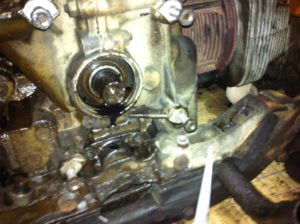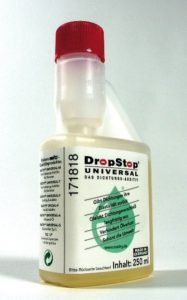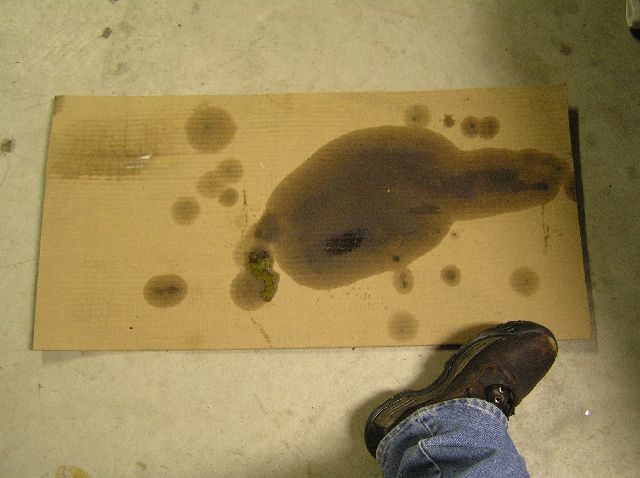
It is almost always a sealing ring (oil seal, Simmer ring, invented in 1939) that becomes incontinent. Such a component that only costs a handful of change, however, usually requires a lot of time and effort in replacement. Great minds quickly searched for faster ways to solve that kind of problem.
The idea of repairing the case simply by adding an additive to the oil is, of course, extremely attractive.
This miracle addition has been found, but only works on 'modern', elastomeric oil sealing rings. Not on felted seals, graphite asbestos cords and similar solutions dating back to the steam era.

Elastomeric seals sounds fancy, that designation simply covers most oil seals, O-rings, and valve stem seals. Those valve stem seals were the explanation of the famous 'blue cloud' in tired BMW car blocks of the past ...
DropStop, Lec Wec and other sealants contain the plasticizer Di-N-Butyl-Maleinate, which makes the elastomeric plastics on contact, like human skin does with Nivea. Like human skin Di-N-butylzinn-di(monomethyl) -maleate is less. The sealing lips that have been treated in this way swell a little, but mainly get their elasticity back and can 
The fact that various providers call it 'softening and swelling' is simply because that sounds better.
So much for the theory. We have treated a well-lived BMW R69S combination, with significant oil losses to the rear crankshaft oil seal with a dose of Lec-Wec. In accordance with the manufacturer's specifications, we added exactly 3 percent of the additive to the engine oil. In fact, the problem disappeared completely after a few days (after about 500 kilometers).

Important note from the providers: use a correct dosage of the additive. "More" is not always better. Fortunately, the stuff is so heavily priced that the price has a stimulating effect on the right dosage.
But the additives are in any case cheaper than the dismantling of an engine, a gearbox or an axle and for that reason alone worth a try - as long as it concerns a leaky seal.
For the BMW in question, the 'repair' has worked for at least two more seasons. After that it was just time to get the whole block going.



Interesting piece of Dolf! Nowadays, however, there are also additives without plasticizers. After some research, I found the Oil Stop Leak from Lindemann. A bit more expensive than the LecWec, but it also works a bit more sustainably. In my opinion, it also contains lubricating and protective properties for cold starts. Perhaps that explains the price somewhat.
Below a link:
https://lindemannperformance.nl/product/lindemann-oil-stop-leak/
Nice piece about the plasticizer. Thank you for solving oil leaks. Thank you for highlighting different products. They come in handy.